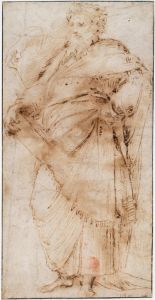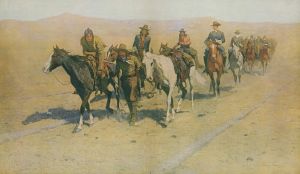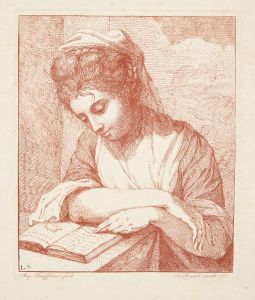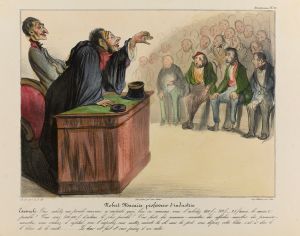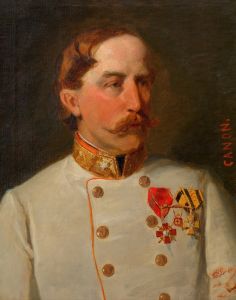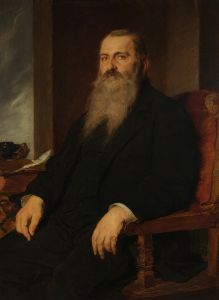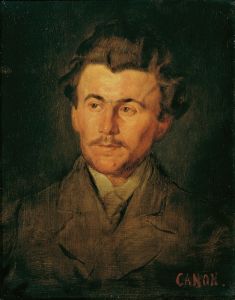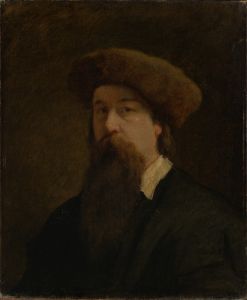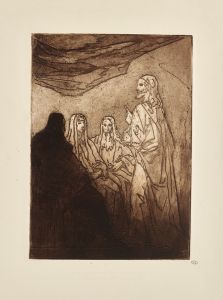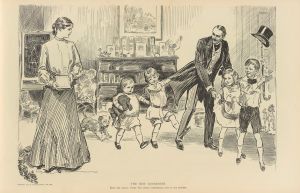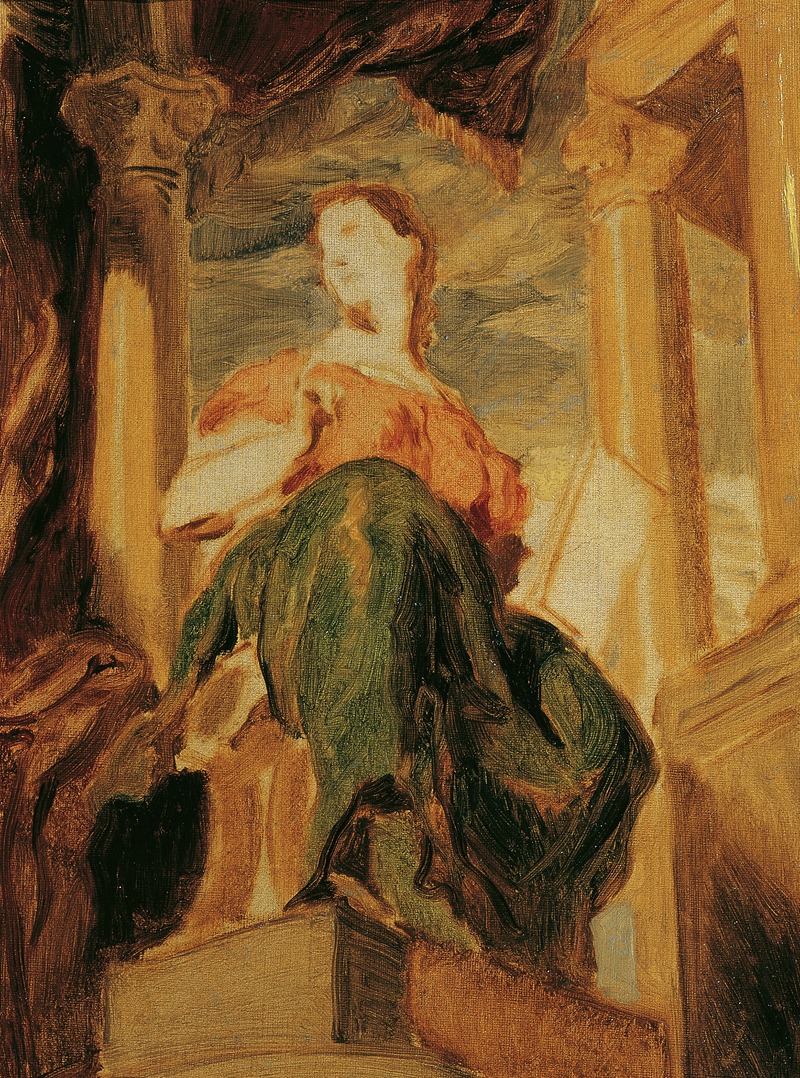
Die Muse Clio
A hand-painted replica of Hans Canon’s masterpiece Die Muse Clio, meticulously crafted by professional artists to capture the true essence of the original. Each piece is created with museum-quality canvas and rare mineral pigments, carefully painted by experienced artists with delicate brushstrokes and rich, layered colors to perfectly recreate the texture of the original artwork. Unlike machine-printed reproductions, this hand-painted version brings the painting to life, infused with the artist’s emotions and skill in every stroke. Whether for personal collection or home decoration, it instantly elevates the artistic atmosphere of any space.
Hans Canon's painting Die Muse Clio is a notable work by the Austrian artist, whose real name was Johann Baptist Strašiřipka (1829–1885). Canon was a prominent painter of the 19th century, known for his historical and allegorical works, as well as his portraits. Die Muse Clio depicts Clio, the muse of history in Greek mythology, who is traditionally associated with the recording and celebration of historical events.
The painting reflects Canon's interest in classical themes and his ability to blend allegory with a sense of grandeur. In Greek mythology, Clio is often portrayed with a scroll or a book, symbolizing the recording of history, and sometimes with a lyre, connecting her to the arts. Canon's interpretation of Clio aligns with the 19th-century fascination with classical antiquity and the romanticized view of muses as sources of artistic and intellectual inspiration.
Hans Canon's style is characterized by a combination of realism and idealism, and this is evident in Die Muse Clio. The work demonstrates his skill in rendering human figures with lifelike detail while imbuing them with a sense of timelessness. The painting's composition and use of light suggest Canon's mastery of academic painting techniques, which were highly regarded during his time.
While specific details about the creation date or the current location of Die Muse Clio are not widely documented, Hans Canon's broader body of work remains significant in the context of Austrian art history. His paintings often reflect the cultural and intellectual currents of the Austro-Hungarian Empire in the 19th century, and his works are held in high regard for their technical proficiency and thematic depth.
As with many of Canon's works, Die Muse Clio serves as a testament to the artist's ability to engage with historical and mythological subjects in a way that resonates with the viewer. The painting continues to be appreciated for its artistic merit and its representation of Clio as a symbol of history and inspiration.





